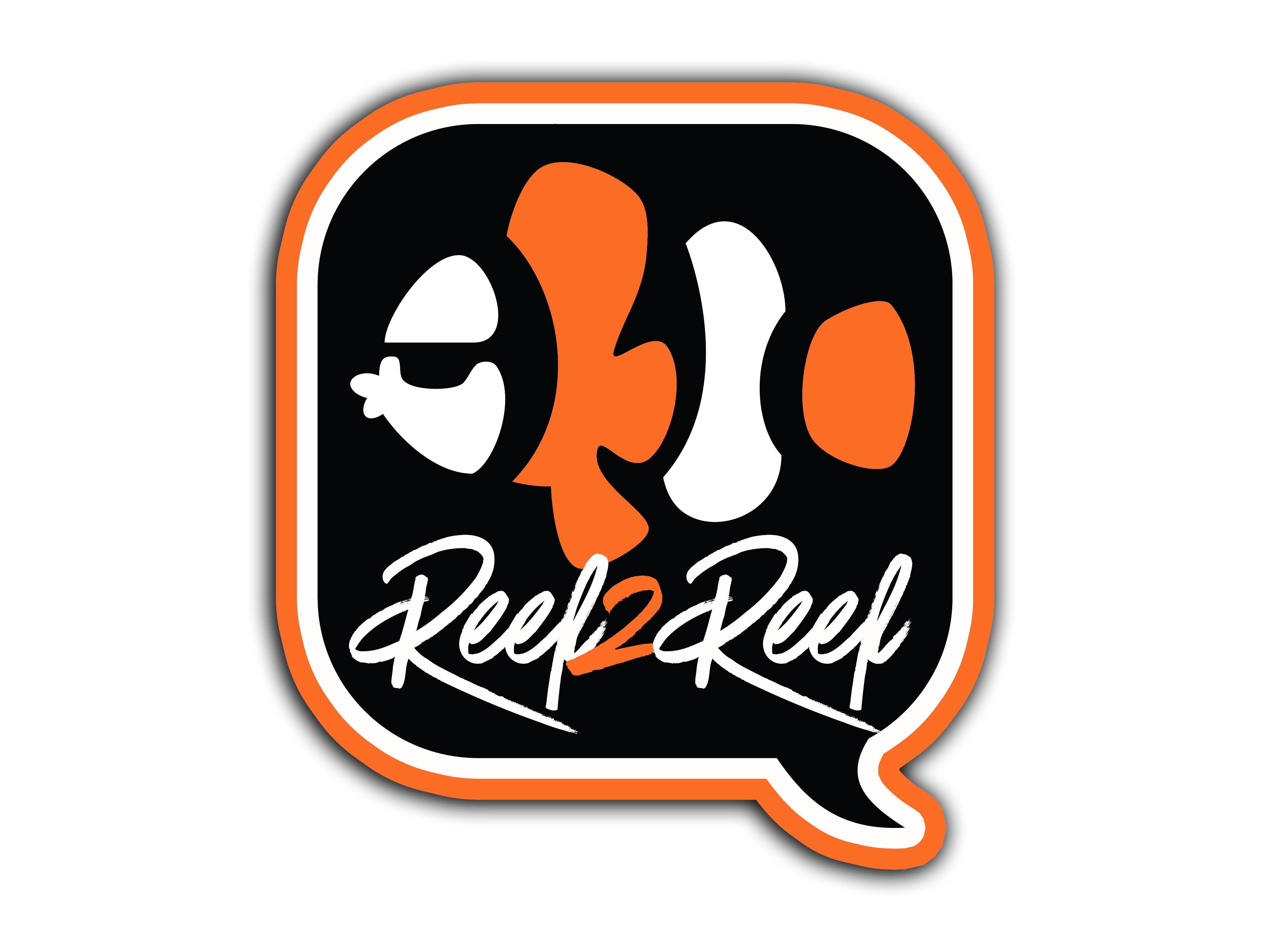melypr1985
totally addicted
View BadgesExcellence Award
Expert Contributor
Article Contributor
Moderator Emeritus
Feather Dusters – The beauty in the worm
Photo by: BlennyKravits
Ahhh the feather duster. It’s a spectacular sight to see in the home aquarium. The long tube, the soft and wavy “feathers” moving in the current. It’s always cool to watch as it sucks into the tube when a fish gets too close. It is almost as if it senses you nearby or could actually see! There are several different types that include the Coco worm as well which is a hard-tubed worm with brightly colored “feathers”.
Photo by: fishman78
These are not animals that should be taken lightly. Some feather dusters are very easy to take care of and can even spread so much that they become a nuisance in the home aquarium, while others are so delicate their lifespan in captivity is almost always cut short. Each feather duster consists of the crown of feathery appendages called radioles, the segmented body of the worm itself, and the tube it resides in. Their body isn’t unlike that of an earth worm. The tube is made of different materials depending on the species of duster worm, the soft tubes you see are made of a polysaccharide matrix while the worms with the hard tubes are made of a calcareous material. The feather duster in both cases makes his own tube around himself sometimes using sand and detritus to add to it. Pretty amazing right?
Photo by: r33fertank
They feed on very small particles in the water column like phytoplankton, bits of detritus and other organisms floating in the water that it can trap in its radioles. Different size particles are trapped by the different areas of the radioles and travel down to the mouth of the worm or are discarded if the particle is too large. For most of the feather dusters commonly available in the hobby, it’s best to have a well-established tank to provide enough food for these worms or dose phytoplankton in the water where it will come into contact with it. Dosing phytoplankton in the water column a couple times a week can be very beneficial to the worm especially in a newer tank.
Photo by zeeGGee
This leads to why dusters shed their crown. This can be quite scary for somebody who sees it for the first time. Every now and then you’ll find that your feather duster will shed it’s crown. This can be a sign of irritation, starvation or of water issues. If it’s happening frequently, then it’s a problem that needs to be addressed. Otherwise, the occasional shedding is normal and the crown will be regrown. If you see this happen, leave the tube where it is and see if the crown grows back. There are even times when the worm will vacate it’s tube to find a place better suited for it and build a new tube in the rocks or sand. Doing this is dangerous for the feather duster because leaving the tube will make it very vulnerable to any creature looking for a delicious snack. I know the worms can sometimes survive to find a new home and create it’s new tube, but I’ve never seen them survive doing this in person.
Photo by: DracoKat
The feather duster has several predators that will make quick work of your feather dusters including some types of wrasses, crabs and hawkfish. Butterfly Fish seem to be the biggest threat, however and will not be shy about making a handy meal or two out of your beautiful worms. Make sure to check the compatibility of your critters before introducing them to a tank with feather dusters you want to keep.
Photo by:seahorseaquariums.com




















